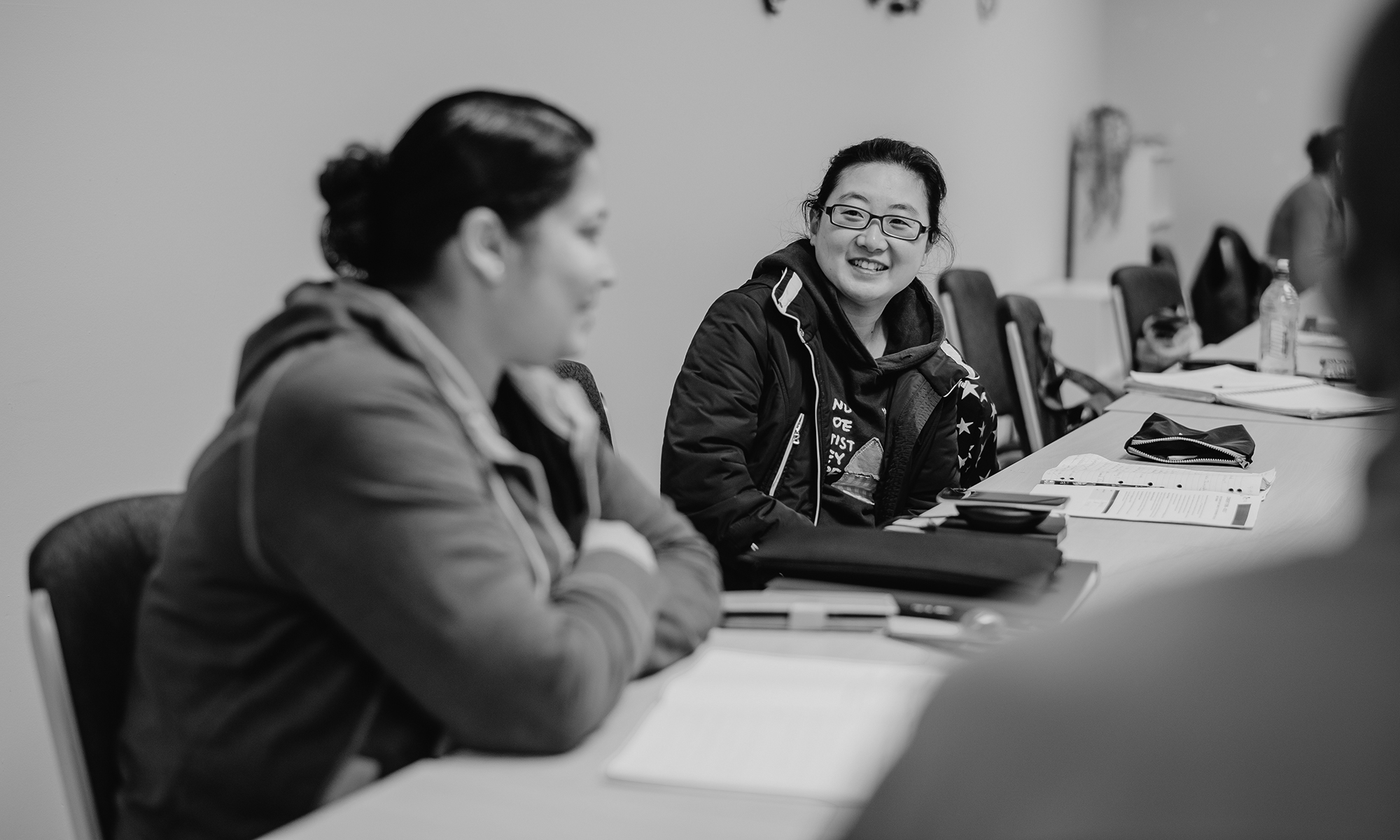Author: Lisa Hall, Batchelor Institute of Indigenous Tertiary Education
Edition: Volume 55, Number 2, July 2015
Summary: Tertiary enabling programs have become an increasingly important part of the post-secondary schooling landscape. In recognition of the need for increased access for certain under-represented groups within the university population, enabling, bridging or foundational programs are offered by a large number of universities in Australia as alternative entry pathways. This paper explores the outcomes of an enabling program being offered to Aboriginal and Torres Strait Islander adults who are arguably one of the most under-represented groups within the university system in Australia. It explores, in two parts, the combination of factors that are resulting in these positive outcomes. Part one explores the ‘data story’ of the course and the factors that support retention and completion. Part two explores the ‘stories of transformation’ as told by the students themselves, providing insider accounts of richness and depth about the things that truly enable success in a tertiary learning environment for Aboriginal and Torres Strait Islander students. While not ignoring the limitations of evaluating a course that is still in its infancy, the students undertaking this course are completing and moving on into higher education courses at an impressive rate, empowered by the skills, strategies and confidence they have developed through the course.
Keywords: enabling, Indigenous, education, bridging, foundation, Aboriginal
![]()
![]()
![]()
![]() Share a copy of this abstract.
Share a copy of this abstract.
This article is part of AJAL, Volume 55_2. The entire volume is available in .pdf for purchase here.
